For hundreds of years, yoga has been valued for its healing qualities, from boosting metabolism to improving flexibility and range of motion. The power of yoga to help the mind and body is limitless. There are certain postures, breathing techniques, and mental exercises that can be used to manage stress and anger. Read on to learn these asanas at joy-pup.com.
Most of us experience feelings of anger from time to time. This negatively affects not only our mood, but also spoils relationships with people around us. While anger is as necessary an emotion as happiness, sometimes we need ways to calm down and refocus. When we first feel a wave of resentment, there are several yoga techniques that can be used to control it.
Deep breaths are always your first defense against an outburst or overwhelming feeling of anger. In this state, it is important to think about what can happen when control over negative emotions is lost and you can make irreparable mistakes. If you’ve followed these steps and still feel like your emotions haven’t subsided, there are a few breathing exercises and yoga poses that can help.
Yoga asanas to help control anger
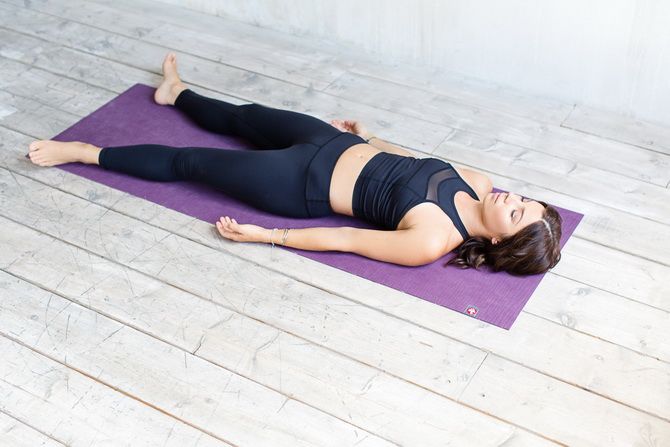
Shavasana is one of the most relaxing postures and is valued for its ability to calm the body and mind. To enter Savasana, lie on your back with your arms at your sides, palms up. Let your feet relax and let your breath return to its natural rhythmic state. Focus only on the sound of your own breathing until you feel completely relaxed.
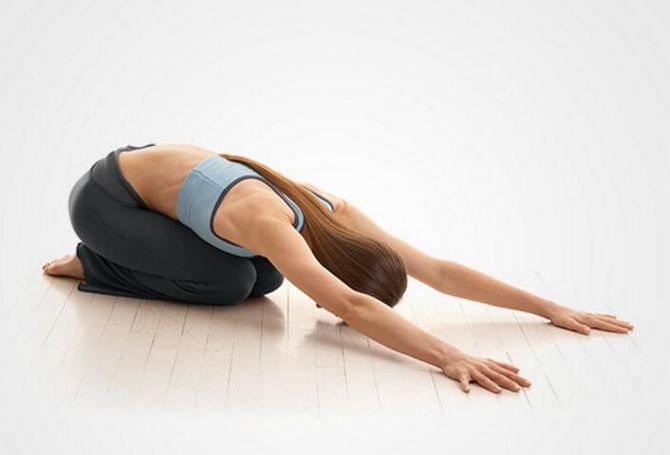
Balasana (Child’s Pose) is great for strengthening the connection between the mind and the body and for being conscious of your feelings. Child’s pose is another position designed specifically to calm the muscles and mind and is meant to help you relax. To enter this asana, kneel on all fours. Lean forward and lower your arms to your sides, resting your head on the floor. To stretch your shoulders, stretch your arms out in front of you.
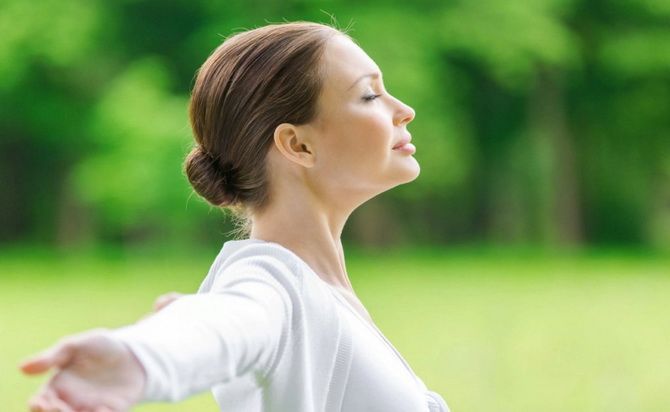
Nasal breathing, one of the enduring traditional aspects of yoga, is an anger coping mechanism that can be used anywhere. One of the best nasal breathing exercises is the tripartite. Three-part breathing, also known as complete breathing, is the simplest and most beneficial of all yoga breathing exercises. It is cleansing and energizing, and if done slowly and evenly, can bring about a sense of serenity and balance. Three-part nose breathing is done by sitting up straight and inhaling, bringing the breath deep into the abdomen (try placing a hand on the diaphragm or abdomen to make sure you are breathing deeply enough), then into the chest, and finally into the chest and throat. Exhale completely and let go of negative thoughts and emotions.
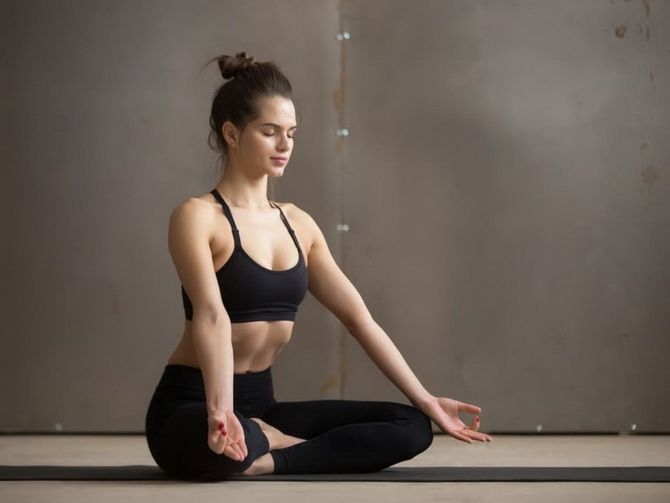
Relaxation breathing is a slow paced technique used to achieve a state of deep relaxation. This is another simple exercise that can be used for stress and anger in everyday life. It can help remove the physiological effects of stress, including lowering your heart rate and blood pressure. To practice relaxation breathing, lie comfortably on your back and relax your body. Place your right hand on your chest and your left hand on your upper abdomen. Breathe in such a way that only the left hand rises when inhaling, and lowers when exhaling. Your right hand should remain practically motionless. Be sure to give the same amount of time to inhale and exhale.
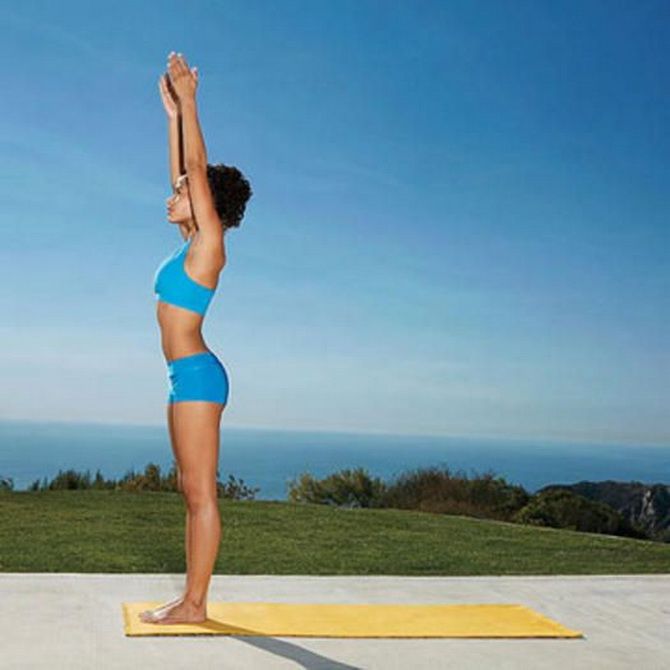
If single exercises don’t help you deal with your anger, try something more intense. You can do a series of asanas to quickly get rid of anger and reap the hormonal benefits of exercise. Try a series of poses in three parts:
- Sun Salutation (Surya Namaskar)
- Plank Pose (Kumbhakasana)
- More relaxed – “Shavasana” or “Child’s Pose” (Balasana)
The Sun Salutation set consists of 12 poses, but you will only use a few of them. Stand up straight with your feet together and your arms crossed in front of your chest (as if you are praying). As you inhale, raise your arms up and focus on your fingertips, making sure that your waist is extended. As you exhale, gently lean towards your feet, lower your palms to the floor, while trying to keep your head pressed to your knees. Then inhale deeply, raise your body up, raise your arms above your head, exhale. Then perform the plank pose: from Downward Facing Dog (Adho Mukha Svanasana), move the body forward so that the body is parallel to the floor, arms are extended, legs are straight, shoulders are above the palms. The torso should form a straight line, without deflection. Stay in this pose for as long as you can. End your practice with a relaxation pose such as Child’s Pose or Savasana.







Only registered users can leave comments